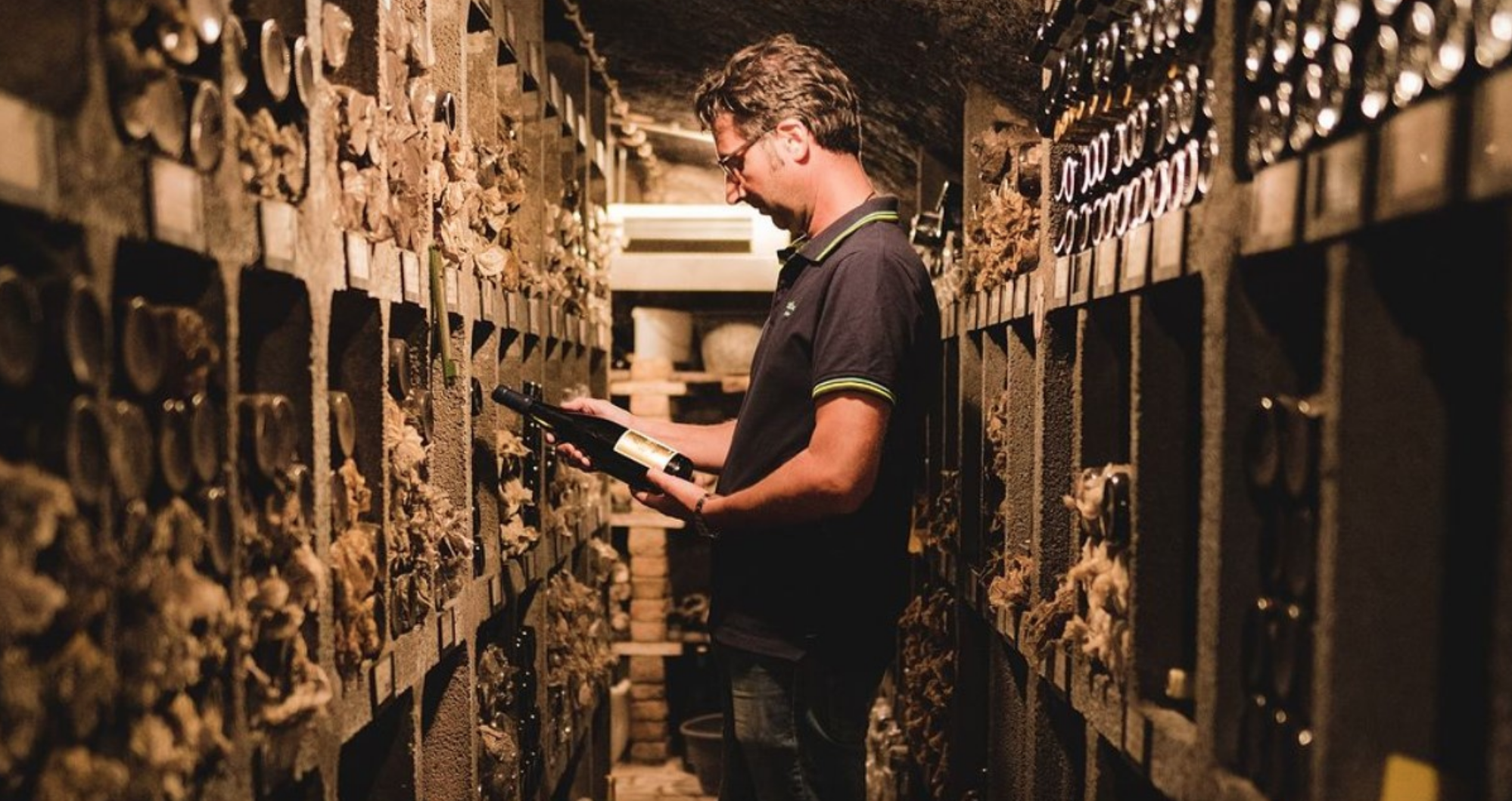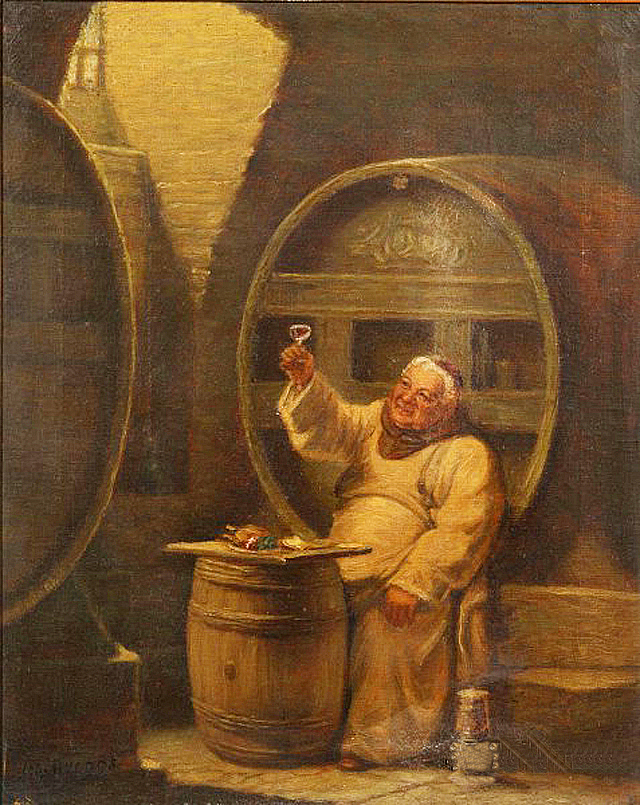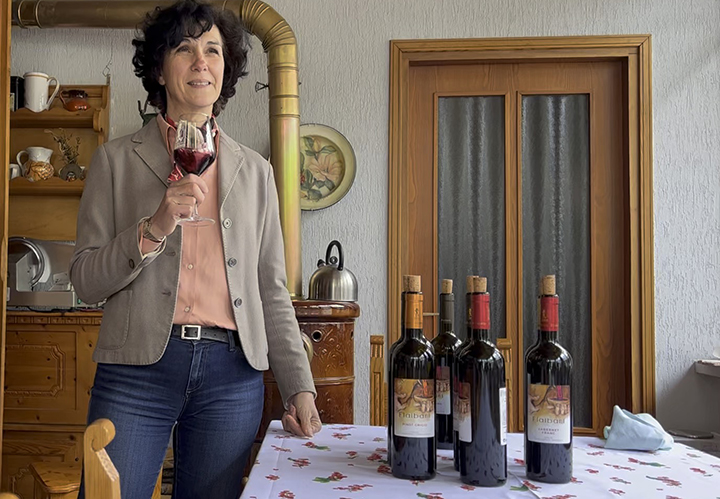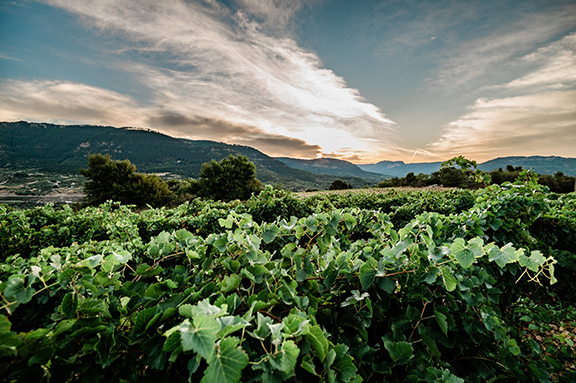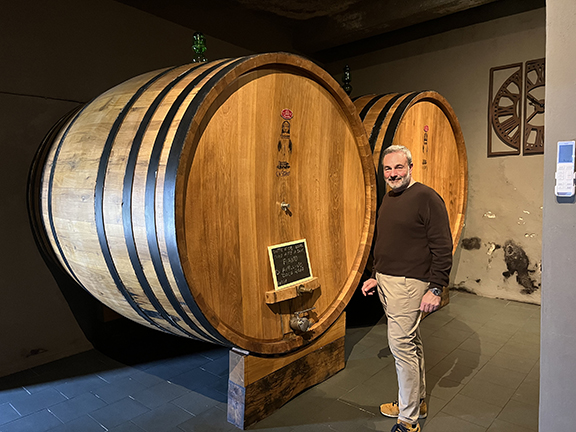Something we often complain about is the price tags of wine. And it’s totally understandable - wine, on the surface, is just fermented grape juice bottled in a glass container. How hard can it be to consistently grow grapes, make wine, and sell to customers at a low price while still allowing the families who make the wines to earn a decent living?
wine
The story of Malbec in Argentina is one of dramatic ups and downs. From its introduction in the mid-19th century to its near disappearance in the mid-20th century and its subsequent resurgence as Argentina's flagship wine, Malbec has shown itself to be resilient and adaptable. One of the key figures in Malbec's comeback is Paul Hobbs, a visionary winemaker, consultant, and winery owner, who recognized Malbec's ability to reflect Mendoza's varied landscapes. His work, together with others, has helped put the grape and Argentina on the worldwide wine map.

From Apples to Grapes
Paul Hobbs grew up on his family's fruit farm in upstate New York. Little did he know that these early experiences in the orchards would lay the foundation for his future career.
"My family grew apples in upstate New York," says Hobbs. "I was introduced early on to the idea that a sense of place imparts unique characteristics to the fruit from where it was sourced, whether it be an apple or a wine grape."
Hobbs’ upbringing ingrained in him the idea that winemaking happens as much in the vineyards as in the winery. “The more one understands the DNA of a site,” he says, “the more that character can be reflected in the finished wine.”
Hobbs' early experience with apples has guided his groun...
For many, wine can be beautiful and pleasurable, mysterious and complicated. For others, it is downright intimidating at times. When I find myself roaming the aisles staring blankly at a wall of wine, the abundance of options results in an endless self-debate to reach a decision on which bottle of wine to select. Fortunately, with experience, this process for me has gradually been optimized to not require more than an hour of helpless pondering. I can only claim this achievement, however, due to the numerous times rehearsing different wine-selecting scenarios, both physically and mentally. Through this, I noticed there were rarely any consistent selection criteria, and despite the abundant information and resources available at attempting to demystify wine, I never could answer a simple question:
What is the most important thing?
Dear love, I wanted to let you know how much you mean to me, and how there aren’t enough words to express this. But I am a flawed human. I may not always be on time with the flowers, helping out with the chores, keeping places tidy and neat, or quick to understand what you need most when you’re busy.
Despite all that, there is one thing I am good at: picking out the wine for our evening.
Because wine is, after all, my love language.
- February 16, 2024
Another year, and another month of Dry January in the books. For those that haven’t caught on yet, myself included, non-alcoholic wine has picked up a lot of attention and momentum during January. So naturally, we wanted to ask the question: what is a non-alcoholic wine?
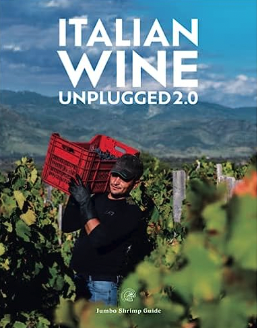 As wine lives, breathes, and evolves, so must wine study books change over time. The best reference books about wine reflect this natural evolution with updated editions that add to an original wealth of material.
As wine lives, breathes, and evolves, so must wine study books change over time. The best reference books about wine reflect this natural evolution with updated editions that add to an original wealth of material. Italian Wine Unplugged 2.0 is a second-edition book that builds upon the success of Italian Wine Unplugged Grape by Grape, a study guide for students and lovers of Italian wine that debuted in 2017. Compiled by a team of wine experts and educators, the first edition quickly became a benchmark and has been used as the core textbook for the Vinitaly International Academy (VIA), a leader in Italian wine education.
As its subtitle, Grape by Grape, suggests, the first edition focuses on Italian grapes, specifically 430+ indigenous varieties. Within its pages, you will find all the well-known varieties like Sangiovese and Nebbiolo as well as the obscure, hard-to-pronounce grapes such as Susumaniello...
The Flaibani estate is located in Cividale del Friuli in the Colli Orientali del Friuli area very close to the Slovenian border. The Flaibanis have three hectares of planted vineyards, all terraced and with steep slopes, that resemble a garden surrounded by six hectares of woods. They are working with vines over 100 years old with their youngest vines over 20 years. They produce less than 10,000 bottles of six different types of wine from Schioppettino, Merlot, Cabernet Franc, Friulano, and Refosco dal Peduncolo Rosso. Their wines have a vibrancy, energy and quality that validate all the passion and hard work behind them.
- February 08, 2023
Pierre Caizergues started making wines in Montreal d’Aude west of Carcassonne in southwestern France in 2015. He was joined by his friend, winemaker Antonin Bonnet, full time in 2020. The two friends specialize in low intervention wines (low or no added sulfites), with varietals like Carignan, and some resistant varietals such as Cabernet Cortis and Souvignier Gris. They also separately make a Mourvèdre in the village of Saint Jean de Fos in the Larzac region of France. Larzac is a bit further east in the Hérault region while all the other wines they make are made in Aude near the estate in Montreal d’Aude / Hameau de Stricou.
- February 03, 2023
Campania offers some of Italy's great sensory experiences from the beaches of the Amalfi Coast, the ruins of Pompeii, to the food and energy of Naples. It also is home to four of Italy's great wine grapes Aglianico, Fiano di Avellino, Falanghina and Greco di Tufo.
 The Di Meo winery, located in the province of Avellino, is one of the most celebrated Campania estates focusing squarely on native varietals. In the early '80s, three siblings Erminia, Generoso and Roberto Di Meo acquired the historical estate from their parents, which includes 25 hectares and an 18th century farmhouse that was once a hunting lodge of the Caracciolo Prince....
The Di Meo winery, located in the province of Avellino, is one of the most celebrated Campania estates focusing squarely on native varietals. In the early '80s, three siblings Erminia, Generoso and Roberto Di Meo acquired the historical estate from their parents, which includes 25 hectares and an 18th century farmhouse that was once a hunting lodge of the Caracciolo Prince.... Do you ever think, “why wine?”
There are many people who don’t, but since you’re on the website of a wine magazine, you might have given the question some consideration.



